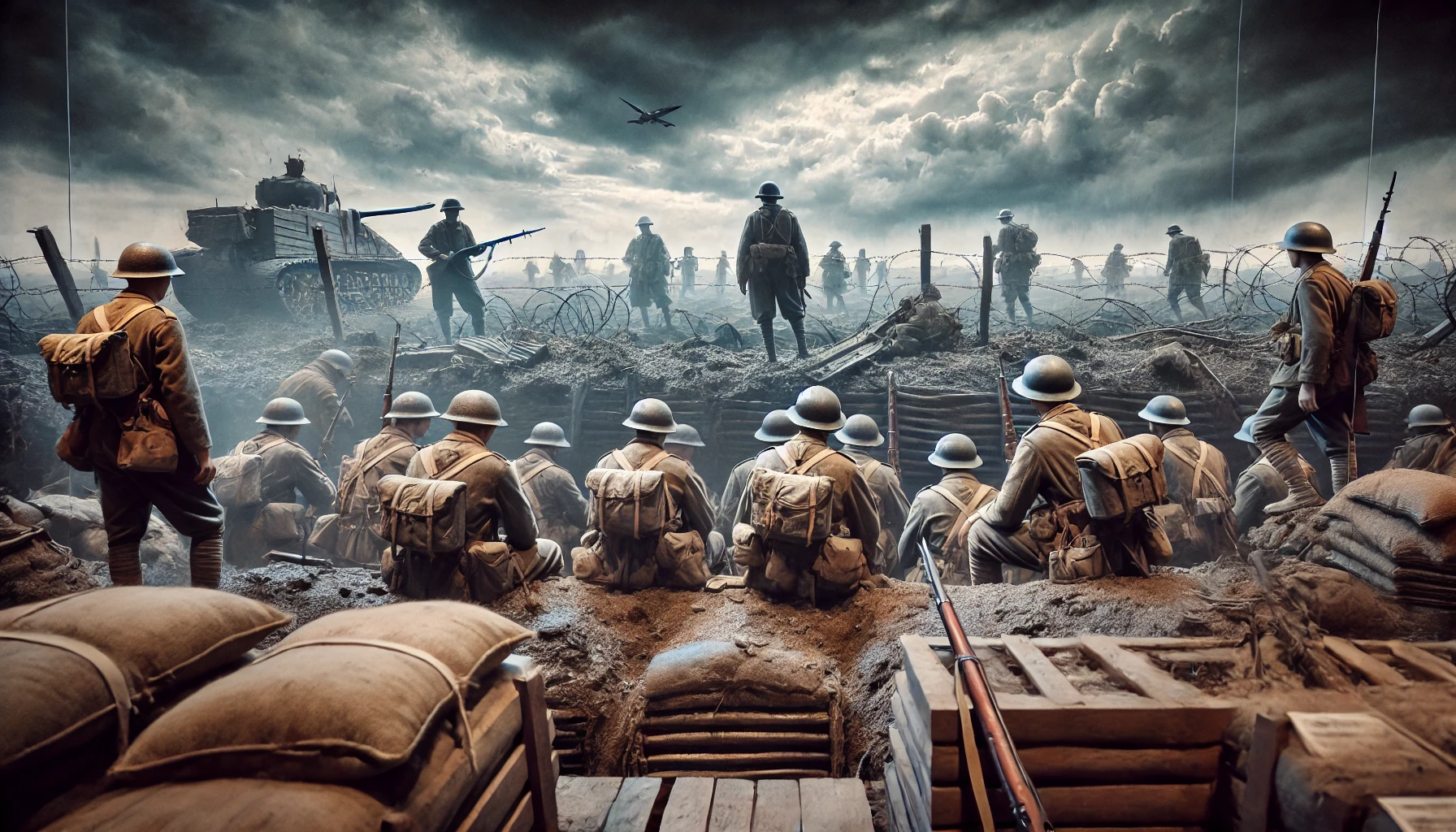World War II is a period steeped in history, filled with tales of heroism, tragedy, and astounding events that have shaped the world we live in today. Among the myriad of stories from this tumultuous time, some stand out as truly incredible WWII myths that sound like a movie, but are completely real. These extraordinary accounts defy logic and seem more fitting for the pages of a fantastical novel than the annals of history. Yet, they are authentic, verified occurrences that highlight the resilience, ingenuity, and sheer audacity of those involved.
Delve into these remarkable WWII legends, uncovering the truth behind the myths and exploring the fascinating reality that often surpasses fiction. From daring escapes and unyielding bravery to miraculous survivals and ingenious tactics, these stories will transport you back to a time when the unbelievable became a reality.
10 Unbelievably Real WWII Myths
The Not-So-Secret Weapon: How WWII’s Pigeon Brigade Saved Lives and Delivered Messages
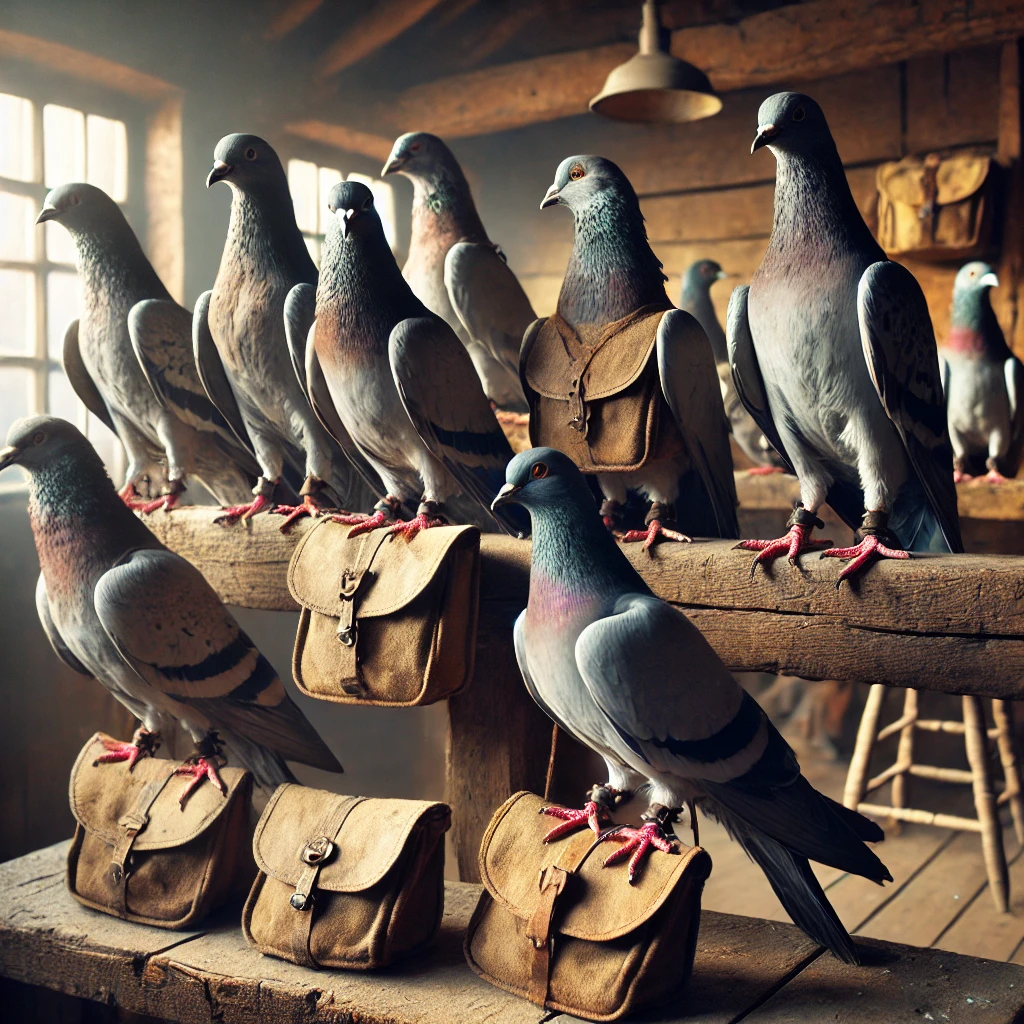
During World War II, pigeons played a crucial role in communication, serving as airborne messengers in situations where radio communication was unreliable or compromised. These feathered heroes were trained by both the Allies and Axis powers, with the British alone deploying over 250,000 pigeons throughout the war. These pigeons were especially valuable in the battlefield’s chaotic and unpredictable conditions, where conventional means of communication often failed.
One notable example is the story of Cher Ami, a carrier pigeon used by the U.S. Army Signal Corps in France during World War I. Although not a WWII pigeon, Cher Ami’s story highlights the vital role these birds played in military operations. In 1918, Cher Ami was tasked with delivering a vital message to save the lives of nearly 200 soldiers of the “Lost Battalion” of the 77th Division in the Argonne Forest.
Despite being shot through the chest, blinded in one eye, and having a leg nearly severed, Cher Ami successfully delivered the message. This heroic act earned Cher Ami the French Croix de Guerre for bravery, and the pigeon is remembered as a symbol of the critical role pigeons played in warfare.
The training of these pigeons was meticulous and rigorous. They were taught to fly back to their home lofts over long distances and in various weather conditions. Pigeon handlers, or loftsmen, ensured that the birds were in peak physical condition and were trained to avoid predators and navigate the hazards of wartime terrain. Messages were written on thin paper, placed in small canisters, and attached to the pigeons’ legs.
The Strange Case of Operation Acoustic Kitty: When WWII Spy-Craft Met Feline Espionage

In the 1960s, the CIA embarked on one of the most bizarre and ambitious covert operations in history: Operation Acoustic Kitty. This top-secret initiative aimed to use cats as sophisticated espionage tools by surgically implanting microphones and radio transmitters into their bodies to eavesdrop on Soviet conversations. The underlying idea was that cats, being common and unobtrusive animals, could easily roam around and infiltrate sensitive areas without arousing suspicion.
The project was initiated during the height of the Cold War, a time when the United States and the Soviet Union were locked in a fierce battle for technological and intelligence superiority. The CIA believed that using animals for surveillance could provide a novel and effective method of gathering intelligence. To this end, a team of scientists and veterinarians worked together to develop the necessary technology and surgical techniques to transform ordinary cats into sophisticated eavesdropping devices.
The technical challenges of Operation Acoustic Kitty were immense. The scientists had to figure out how to fit a microphone into the cat’s ear canal and implant a radio transmitter at the base of its skull, all while ensuring the cat remained functional and unencumbered. Additionally, a battery was implanted to power the devices. The surgery was delicate and complex, requiring precision to avoid impairing the cat’s natural abilities and behavior.
The project cost an estimated $20 million and took five years to develop. The CIA also invested considerable resources in training the cats to follow specific routes and targets. This training included conditioning the cats to move toward particular sounds and ensuring they could navigate busy urban environments without being distracted or deterred.
Despite the significant investment and effort, the project ultimately proved unsuccessful. In one infamous incident, the first specially trained cat was released near a Soviet compound in Washington, D.C. The goal was for the cat to inconspicuously approach the compound and transmit conversations back to CIA operatives. However, just as the cat began its mission, it was promptly run over by a taxi, rendering the entire effort futile.
The Curious Case of the Exploding Rats: WWII’s Bizarre Attempt at Rodent Warfare

In a strange twist of wartime ingenuity, Allied forces experimented with using rats as explosive devices during WWII. The plan involved stuffing dead rats with plastic explosives and dropping them near German boiler rooms, where it was hoped they would be disposed of in the furnaces, causing explosions. The rationale was that unsuspecting German personnel would throw the rats into the boiler furnaces as part of routine disposal, leading to catastrophic explosions and significant disruption.
While the concept may seem outlandish, the British Special Operations Executive (SOE) reportedly considered the idea seriously. They developed the technique as part of their broader strategy of sabotage and unconventional warfare designed to weaken the Axis powers from within. The dead rats, once filled with explosives, were to be strategically placed where they would most likely be found and disposed of by enemy forces.
Although it’s unclear if any actual deployments took place, the very consideration of such a tactic highlights the extreme measures and creative strategies employed during the war. This initiative, like many other covert operations of the time, aimed to exploit the enemy’s vulnerabilities in unexpected ways. The idea of using rats as explosive devices remains a fascinating example of the lengths to which the Allies were willing to go in their efforts to disrupt and defeat the Axis powers.
Code Name: Operation Habakkuk – The WWII Plan to Build Aircraft Carriers from Ice

One of World War II’s most ambitious engineering projects was Operation Habakkuk, a plan to construct massive aircraft carriers from a mixture of wood pulp and ice known as “pykrete.” British inventor Geoffrey Pyke conceived this unconventional idea with the intent of creating floating airstrips that could provide crucial air support for Allied forces in the Atlantic. The concept aimed to address the shortage of conventional steel for shipbuilding and the limited range of existing aircraft, which made it difficult to protect convoys from German U-boats.
Pykrete, named after Pyke, had remarkable properties. It was significantly stronger than pure ice and melted much more slowly, making it an attractive material for constructing large, resilient structures. Successful tests demonstrated the durability and potential of pykrete, even withstanding bullets and explosives without shattering. A prototype was built on Patricia Lake in Canada to test its feasibility in real-world conditions.
However, despite these promising tests, the project was ultimately deemed impractical due to several insurmountable logistical challenges. Maintaining the pykrete structure required a complex refrigeration system to keep it from melting, and the sheer size and scale of the proposed carriers presented enormous engineering and resource allocation problems. Additionally, the advent of long-range aircraft diminished the strategic necessity of such floating platforms, as these new planes could cover vast distances without needing mid-ocean bases.
In the end, while Operation Habakkuk was never fully realized, it remains a testament to the innovative and sometimes unconventional thinking that characterized wartime ingenuity. The project highlighted the Allies’ willingness to explore all possible avenues to gain an advantage in the war, no matter how unorthodox they might seem.
The Mysterious Ghost Army: How WWII Used Inflatable Tanks to Fool the Enemy
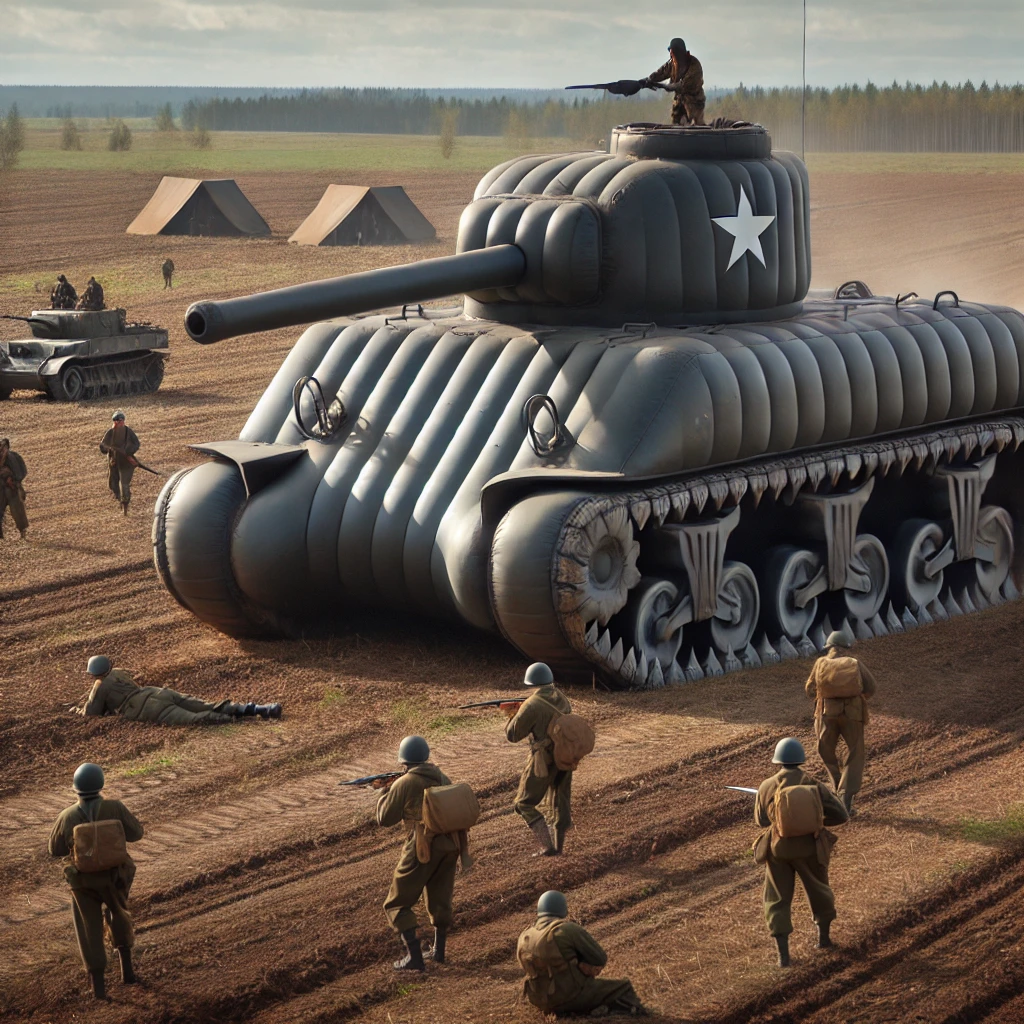
During World War II, the Allies employed a secret unit known as the “Ghost Army” to deceive the enemy through elaborate ruses and decoys. Officially designated as the 23rd Headquarters Special Troops, this unit was composed of artists, actors, and sound engineers who specialized in creating illusions. One of their most ingenious tactics involved the use of inflatable tanks, trucks, and artillery pieces to create the illusion of large military formations. These dummy vehicles were highly realistic and, when viewed from a distance or through aerial reconnaissance, appeared to be genuine military hardware.
Deployed alongside sound effects and fake radio transmissions, these inflatable decoys effectively mimicked the movements and sounds of a full-scale army. The unit also used theatrical techniques, such as stagecraft and lighting, to enhance the believability of their deceptions. They even went so far as to simulate the construction of camps, complete with laundry lines and cooking fires, to further sell the illusion.
These multifaceted operations successfully diverted enemy attention away from actual troop movements and objectives, causing the Axis forces to misallocate their resources and defenses. The Ghost Army’s deceptions played a vital role in several key Allied victories, including the D-Day landings. By convincing the Germans that the main invasion force would land elsewhere, they helped to ensure the success of the Normandy invasion, which was a turning point in the war.
The Ghost Army conducted over 20 deception operations throughout Europe, often operating dangerously close to enemy lines. Their contributions remained classified for many years after the war, but their innovative and daring tactics are now recognized as a significant factor in the Allied victory. The legacy of the Ghost Army underscores the power of psychological warfare and the importance of creativity and ingenuity in military strategy.
Dueling Pianos: The Musical Diplomacy of WWII’s Unlikely Peacekeepers

Amidst the chaos of war, music emerged as a powerful tool for diplomacy and morale-boosting during World War II. One remarkable example is the story of the “Piano Diplomatique,” an initiative by the U.S. State Department to send pianos to war-torn Europe as symbols of American cultural diplomacy. This unique effort aimed to foster goodwill and provide solace through music during the darkest days of the conflict.
These pianos were transported across dangerous routes and often arrived in cities devastated by bombings. They were used to organize impromptu concerts in bomb-damaged cities, bringing moments of joy and respite to civilians and soldiers alike. These concerts served as a reminder of beauty and normalcy amidst the destruction and chaos, offering a temporary escape from the hardships of war.
Renowned pianist Arthur Rubinstein famously performed for Allied troops in North Africa and Italy, inspiring hope through the universal language of music. His performances were more than just concerts; they were morale-boosting events that rekindled a sense of humanity and shared cultural heritage. Rubinstein’s music transcended barriers and provided emotional relief, reinforcing the bonds between the Allied forces and the liberated populations.
The impact of the Piano Diplomatique initiative extended beyond individual performances. It demonstrated the importance of cultural exchange and the role of the arts in healing and uniting people during times of crisis. The pianos became symbols of resilience and hope, showing that even in the face of war, the arts could play a crucial role in rebuilding and strengthening the spirit of communities.
The Chocolate Bar Blitz: How WWII Troops Were Fueled by Candy and Caffeine
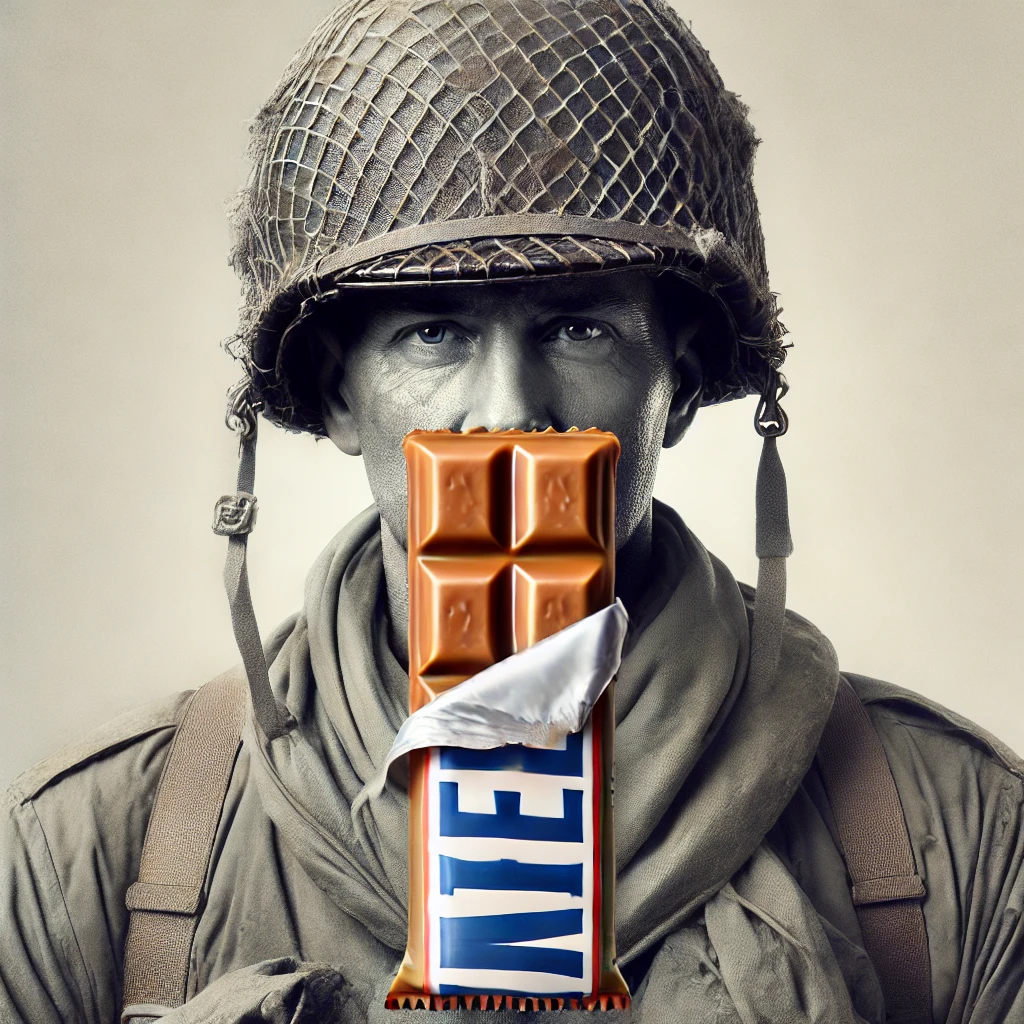
Chocolate played a vital role in boosting morale and energy levels among troops during WWII, earning it the nickname “the chocolate bar blitz.” The U.S. military issued chocolate bars as part of soldiers’ rations, providing a quick source of calories and caffeine to sustain them in combat. These bars, often specially formulated to withstand various climates and conditions, were more than just a treat; they were essential survival tools designed to be lightweight, durable, and packed with energy.
Companies like Hershey and Mars ramped up production to meet the demand, with millions of bars shipped overseas to troops fighting in Europe and the Pacific. Hershey, for example, created the D-ration bar, a high-calorie chocolate bar designed to resist melting and provide maximum energy. The production of these bars became a patriotic endeavor, with factory workers contributing to the war effort by ensuring soldiers had a reliable energy source.
Chocolate also served as a form of currency and goodwill gesture, with soldiers trading it with locals or sharing it during moments of camaraderie. This small gesture helped forge bonds between troops and civilians, acting as an informal yet powerful tool of diplomacy. Soldiers often used chocolate to barter for goods and services or to simply bring a smile to the faces of war-weary children and adults.
The Phantom Army of Patton: WWII’s Eccentric Deception Tactics in the Battle of Normandy
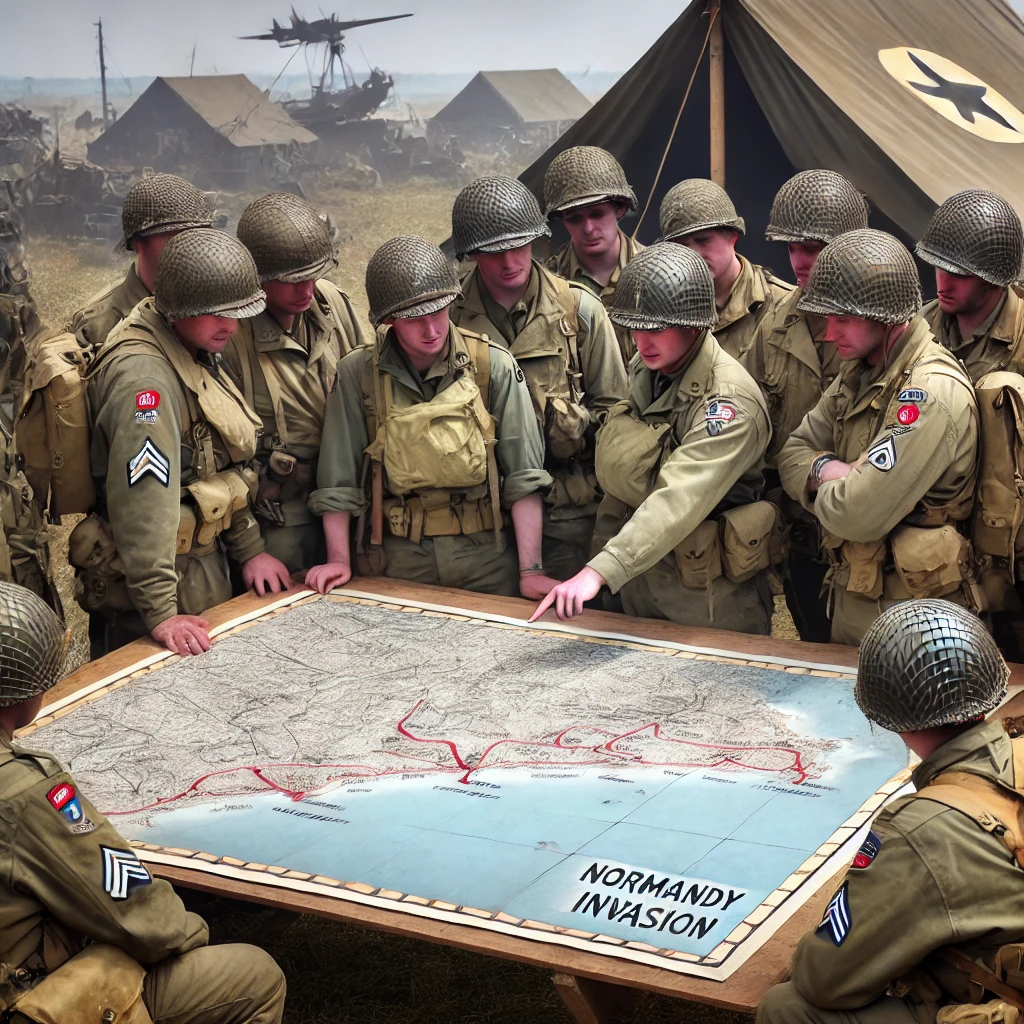
General George S. Patton orchestrated a massive deception campaign to confuse and mislead German forces in the lead-up to the Allied invasion of Normandy. Dubbed “Operation Fortitude,” the plan involved creating a fictional army with dummy tanks, aircraft, and radio transmissions to convince the Germans that the invasion would occur at the Pas-de-Calais instead of Normandy. This elaborate ruse included false intelligence leaks, double agents, and even inflatable tanks and ships to create the illusion of a formidable invasion force.
Patton himself played a key role in the deception, earning a reputation as a master of psychological warfare. His supposed command of the fictional First United States Army Group (FUSAG) lent credibility to the charade, as the Germans regarded Patton as one of the Allies’ most capable commanders. The ruse successfully diverted German reinforcements away from the actual landing sites, contributing significantly to the success of D-Day by ensuring that the German defenses were spread thin and less effective when the true invasion began.
The Forgotten Heroes of WWII: The Canine Corps and Their Vital Role in Warfare
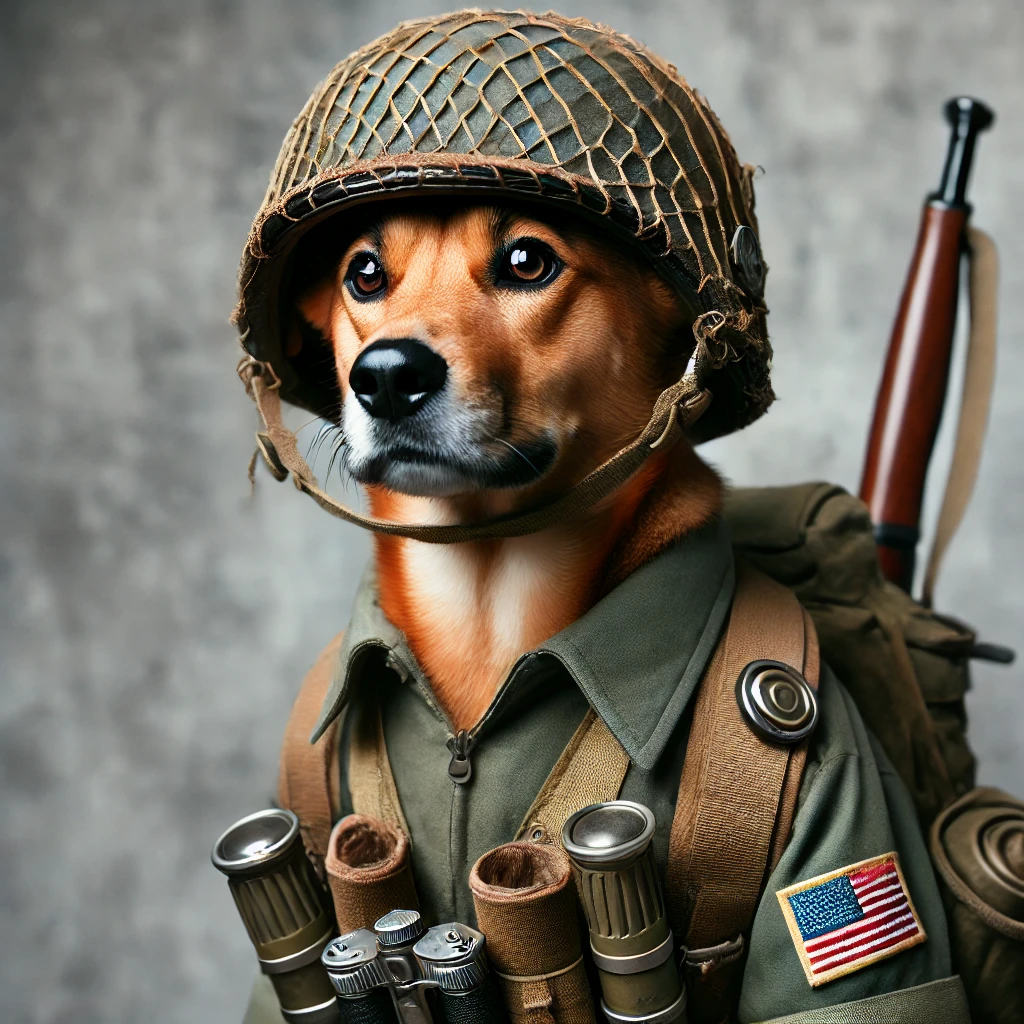
While human soldiers often take center stage in discussions of WWII, it’s important not to overlook the contributions of our four-legged friends. Dogs played a variety of roles during the war, from sentries and messengers to search and rescue and even parachute-jumping commandos. Their keen senses and loyalty made them invaluable assets on the battlefield.
One notable example is Chips, a mixed-breed dog who served with the U.S. Army’s 3rd Infantry Division and became WWII’s most decorated war dog. Chips participated in numerous combat missions, including the invasion of Sicily, where he helped capture several Italian soldiers.
His bravery was recognized with awards, including the Distinguished Service Cross, Silver Star, and Purple Heart, although these were later revoked due to military policy regarding animals. Nevertheless, Chips’ heroism and dedication remain a testament to the vital role dogs played in supporting military efforts and boosting troop morale throughout the war.
Operation Cornflakes: How Breakfast Cereal Helped Win WWII Through Psychological Warfare

Operation Cornflakes was a covert propaganda campaign conducted by the U.S. Office of Strategic Services (OSS) during WWII. The operation involved dropping counterfeit German postage stamps and envelopes containing anti-Nazi propaganda leaflets into enemy territory via aircraft.
The goal was to sow confusion and dissent among German troops and civilians, undermining morale and weakening support for the Nazi regime. The OSS carefully crafted these forgeries to appear authentic, ensuring they would be mistaken for legitimate mail when mixed with genuine letters by the German postal service.
Despite its seemingly whimsical name, Operation Cornflakes played a significant role in psychological warfare efforts during the latter stages of the war. The operation was meticulously planned, with intelligence officers identifying key postal routes and timing drops to coincide with regular mail deliveries. This increased the likelihood that the propaganda would reach a wide audience and infiltrate the German communication network undetected.
By targeting both the military and civilian population, the OSS aimed to erode the trust and confidence in the Nazi leadership. The leaflets contained messages that highlighted the failures of the Nazi regime, the futility of continued resistance, and the benefits of surrendering to the Allies. These efforts were part of a broader strategy to destabilize the enemy from within, contributing to the overall weakening of the Axis powers’ resolve.
Operation Cornflakes exemplifies the innovative and diverse tactics employed in psychological warfare, demonstrating how seemingly small acts of subterfuge can have a significant impact on the enemy’s morale and cohesion. This operation underscores the importance of propaganda in modern warfare and the creative lengths to which intelligence agencies will go to achieve strategic objectives.

